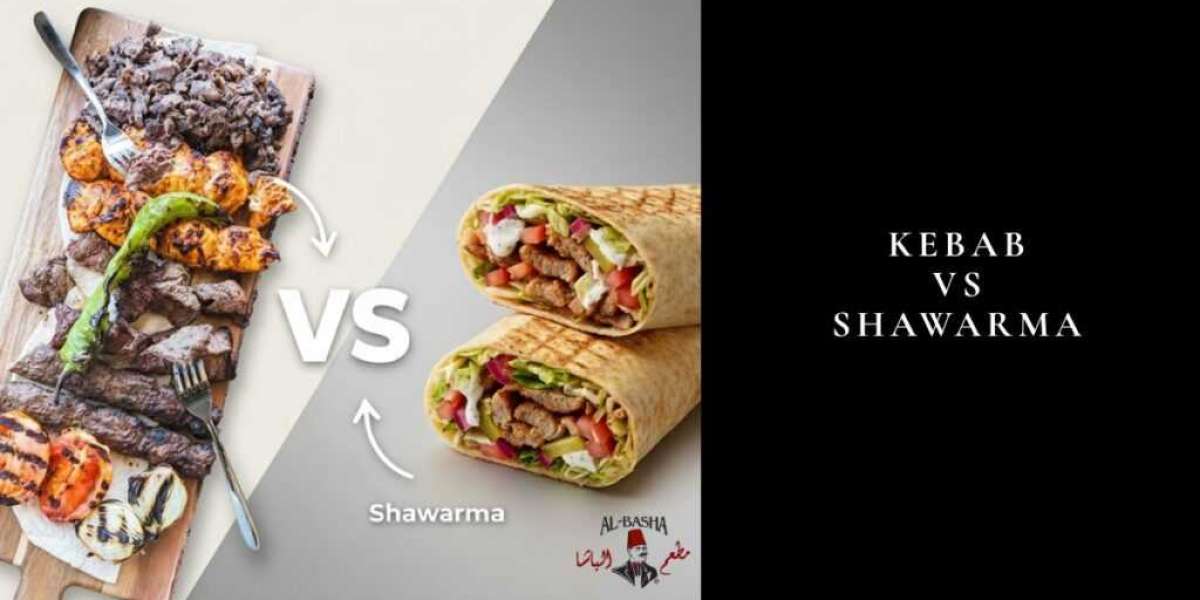Is Palestinian Food the Same as Lebanese Food?
Understanding Levantine cuisine often leads people to ask an important question: Is Palestinian food the same as Lebanese food? At first glance, they seem almost identical—both use olive oil generously, both love herbs like mint and parsley, and both rely on chickpeas, grains, and fresh vegetables. But a closer look shows that while they share deep regional similarities, each cuisine carries its own identity, history, and unique flavor traditions.
To understand Palestinian cuisine clearly, it’s useful to explore what defines it. A detailed guide on Levantine dishes titled What is palestinian food explains that Palestinian food is shaped by land, agriculture, and centuries of cultural influences. This forms a strong foundation for comparing it with Lebanese cuisine.
What Makes Palestinian Cuisine Unique?
Palestinian cuisine is deeply rooted in rural life, agriculture, and home-style cooking. The food reflects the geography of Palestine—its olive groves, wheat fields, orchards, and spice-rich markets. Ingredients like olive oil, sumac, za’atar, yogurt, citrus, tomatoes, lentils, and chickpeas drive the core flavors.
Based on the insights from What is palestinian food, Palestinian cuisine is built around hearty, communal dishes such as:
Musakhan – taboon bread topped with roasted chicken, caramelized onions, and sumac
Maqluba – an upside-down pot of rice, vegetables, and meat
Maftoul – the Palestinian version of couscous
Fresh dips like hummus and mutabbal
Stuffed vegetables and grape leaves
Palestinian food is often rustic, generous, and full of depth. Each dish tells a story of the land and the people who cultivated it.
What Defines Lebanese Cuisine?
Lebanese cuisine is also part of the broader Levant, but it has its own character shaped by centuries of trade, coastal living, and urban culinary culture. While it shares many ingredients with Palestinian food, Lebanese food leans more towards:
A rich mezze culture (many small plates served together)
Strong citrus and garlic notes
A variety of salads like fattoush and tabbouleh
A long tradition of pastries and desserts
Lebanese food also reflects influences from historical trade and its coastal location, bringing more seafood and diverse appetizers to the table.
Where Palestinian and Lebanese Foods Overlap
The similarities can be striking, which is why many people assume they’re the same cuisine. Some overlapping dishes and culinary techniques include:
Hummus and falafel
Baba ganoush / mutabbal
Stuffed grape leaves
Flatbreads baked on stone or in clay ovens
Use of olive oil, lemon, herbs, and simple spice blends
Fresh salads, pickles, yogurt, and grilled meats
Both cuisines belong to the Levantine food family, so they naturally share a foundation.
Where the Cuisines Differ
Even though they share roots, the two cuisines are not identical. Here are the core differences:
1. Cooking Style and Identity
Palestinian food is more rural, home-style, and land-driven. It emphasizes family-size dishes cooked slowly, often in one pot.
Lebanese food tends to be more urban, restaurant-style, and mezze-rich, with many bite-sized plates and refined presentations.
2. Signature Dishes
Some dishes belong strongly to each culture:
Palestinian: Musakhan, Maqluba, Jareer salad, Maftoul
Lebanese: Kibbeh, Manakish, Sfeeha, Shish Tawook, Fattoush
These signature dishes help define the identity of each cuisine.
3. Flavor Differences
Palestinian dishes use deeper, earthy flavors from sumac, allspice, and slow cooking.
Lebanese dishes often feature bright, fresh flavors from lemon, garlic, mint, and olive oil.
4. Influence of Geography
Palestine’s cuisine reflects inland agriculture and village traditions.
Lebanese cuisine is shaped by mountain villages, fertile valleys, and the Mediterranean coast—bringing more seafood and salad variations.
Are They the Same Cuisine? A Clear Answer
No—Palestinian and Lebanese foods are not the same, but they are closely related.
Think of them as culinary cousins. They belong to the same Levantine family, share many foundational dishes and ingredients, but each has its own identity, history, and flavor style.
A simple way to understand the difference:
If the dish is rustic, slow-cooked, and deeply tied to agriculture, it’s usually Palestinian.
If the dish is served as part of a large mezze spread, brighter in flavor, and more restaurant-polished, it leans Lebanese.
Why Understanding the Difference Matters
Recognizing the distinction honors the cultural identity of each cuisine. Palestinian cuisine has a long history tied to land, heritage, and family tradition. Lebanese cuisine has its own evolution shaped by coastal living and an urban mezze lifestyle.
For food lovers, restaurants, or bloggers, describing dishes accurately helps preserve the heritage behind them and showcases the beauty of Levantine diversity.
Conclusion
While Palestinian and Lebanese foods share a strong foundation, they are not the same. Palestinian cuisine emphasizes hearty, land-based dishes with deep, comforting flavors. Lebanese cuisine highlights fresh, bright, mezze-based dining with diverse appetizers and seafood.
To explore the essence of Palestinian cuisine in more depth, you can read the detailed guide here:
? What is palestinian food
Both cuisines are delicious in their own ways—but understanding their differences adds richness to the dining experience and respects the cultural identity behind every dish.








